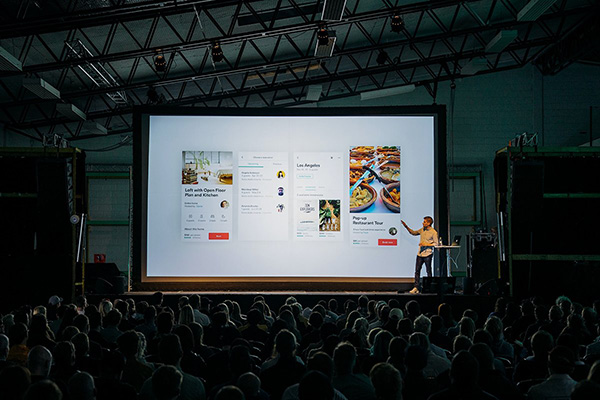01
Company-wide Town Hall Meetings
Live streaming can be used to broadcast town hall meetings hosted by senior executives or company leaders. This allows employees across different locations to participate remotely, ask questions, and receive updates on company strategies, goals, and achievements.
02
Training and Professional Development
Live streaming can facilitate training sessions, workshops, and webinars for employees across multiple sites. This enables consistent delivery of training materials, fosters knowledge sharing, and provides opportunities for interactive discussions and Q&A sessions.
03
Product Launches and Company Events
Enterprises can utilize live streaming to announce and showcase new products, services, or company events. This allows employees from different locations to join in real-time and experience the excitement and information surrounding these important company milestones.
04
Executive Presentations and Updates
Live streaming can be used to deliver executive presentations and updates to employees at various sites. This ensures consistent messaging, enables direct interaction between executives and employees, and promotes alignment and engagement.
05
Virtual Team Meetings and Project Updates
Live streaming enables virtual team meetings and project updates, especially when team members are dispersed across different time zones or physical locations. It fosters collaboration, allows for real-time discussions, and ensures everyone is aligned on project progress and goals.

06
Employee Engagement and Recognition
Live streaming can be employed to recognize and celebrate employee achievements, milestones, and special events. It creates a sense of unity, promotes a positive company culture, and allows employees from different sites to share in the celebration.
07
Shareholder and Investor Meetings
For large enterprises with international shareholders and investors, live streaming can be used to broadcast annual general meetings, investor presentations, and financial updates. This ensures wider accessibility for stakeholders and promotes transparency in corporate governance.
08
Internal Communication and Updates
Live streaming can be utilized for regular internal communication and updates, such as departmental updates, project updates, or company-wide messages. It ensures consistent information flow, encourages employee engagement, and reduces communication gaps.
These examples demonstrate how live streaming workflows can bridge the gap between geographically dispersed teams, foster collaboration, and facilitate real-time communication within enterprises and large multi-site companies. The specific workflows implemented may vary based on the organization's size, industry, and specific communication needs.


